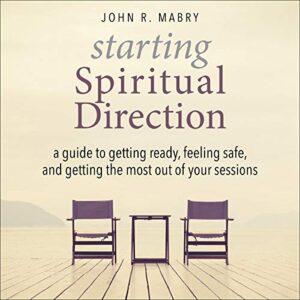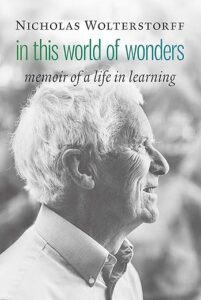 Summary: A follow-up to the March Trilogy, taking up John Lewis’ story from 1964 until 1967.
Summary: A follow-up to the March Trilogy, taking up John Lewis’ story from 1964 until 1967.
I am a huge fan of the March Trilogy, a graphic novel trilogy that tells the early years of John Lewis’ life, framed as him remembering his early life at Obama’s Inauguration. The graphic novel format I think is particularly suited to the Civil Rights era history because the era’s evocativeness is part of its importance. It is one thing to read a narrative history about Civil Rights era marches; it is something else to see images of those marches with a mix of dialogue and narrative. There is a reason that the March Trilogy was the first graphic novel to win a Pulitzer.
In some ways, the history of the early years of the Civil Rights movement, Brown v Board in 1954 until Selma in 1965, is a simpler narrative. There was a righteous cause, and while there was no universal agreement (civil disobedience was very controversial), once it was completed, the history has a clear narrative story of right and wrong. Post-1965, the narrative is much more nuanced and complicated. Pre-1965, the Civil Rights movement was largely focused on legal segregation and voting rights. Post-1965, the Civil Rights movement had less clear objectives. The Vietnam War and its disparate impact on minority communities, especially poor minority communities, and global solidarity with colonized communities around the world became the focus of some activists. Other activists tried to focus on poverty across racial lines. Other activists, especially women, began to focus on what we now call intersectionality and how different forms of discrimination overlap and act differently, and how the early Civil Rights era leadership had largely had a public male face with women doing significant parts of the organizing but were excluded from leadership.
This post-1965 era requires a much more nuanced story that we are still grappling with as a society. The current discussions over Critical Race Theory are not discussed in the book, but CRT arose because the legal changes due to pre-1965 work did not result in significant cultural changes. In a 1981 interview, political consultant Lee Atwater famously discussed the rise of less overt appeals to race as a motivating factor for engaging white voters. Derrick Bell and other lawyers who contributed to the rise of Critical Race Theory knew that a law simply saying that discrimination on the basis of race was illegal did not mean that discrimination did not occur. And once there was a shift as a result of the 1976 Washington vs Davis case, which required proof of intent to discriminate, a very high bar, more covert discrimination became not only normal but more insidious because it worked with the cultural concept of color blindness to prevent race from being openly discussed. The concept of a colorblind constitution or colorblind legal theory was used to oppose efforts to address historic racial discrimination.







